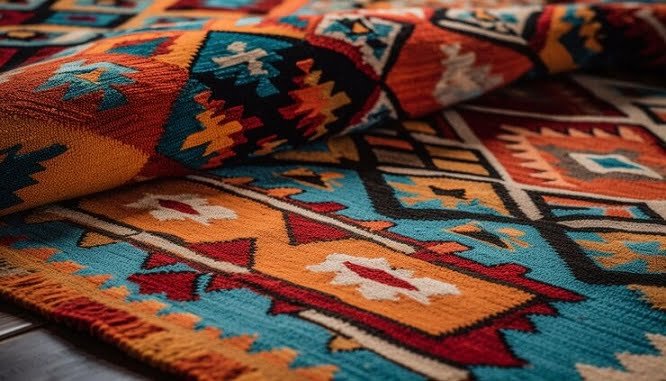Woven with the threads of tradition, adorned with the beauty of intricate patterns and steeped in the rich tapestry of cultural heritage, Persian carpets stand as immortal show-stoppers that rise above simple floor covers. At the core of the charm of Persian rugs lies a guarantee to custom that has been gone down through ages. The art of rug winding in Persia isn’t simply an expertise; it is a fine art profoundly implanted in the social texture of the district. From the clamoring marketplaces of Tehran to the calm studios in more modest towns, craftsmans keep on rehearsing age-old procedures, guaranteeing that each floor covering conveys with it the reverberations of the past.
One can’t talk about Persian floor coverings without digging into the magnificence that exudes from their complex examples and lively tones. Each rug is a material, a masterpiece fastidiously created to dazzle the viewer. From the hypnotizing flower plans of Kashan to the mathematical splendor of Heriz, Persian rugs mirror a kaleidoscope of impacts formed by the different districts inside the Iranian scene. The masterfulness isn’t bound to simple improvement; it is a festival of the weaver’s inventiveness and a sign of approval for the social and verifiable roots that rouse every interesting plan.
The creating of a Persian floor covering is a relentless yet profoundly remunerating process, a dance of hands and weavers changes unrefined components into a sight to behold. The selection of materials is essential; regularly, craftsmans utilize top notch fleece or silk, adding to the solidness and rich surface of the completed item. The excursion starts with the cautious determination of materials, trailed by the coloring system, where normal shades got from plants, minerals, and bugs inject the yarn with a range of varieties.
Winding around itself is a work of art went down through apprenticeships and familial ties. The weaver’s hands handily tie each bunch, following a foreordained example that might have been sharpened through long periods of training. The thickness of bunches per square inch decides the degree of detail as well as addresses the craftsmanship and devotion put resources into the formation of each floor covering. A fastidious cycle transforms the loom into a narrator, with each bunch winding around a part of custom and culture.
Beyond their visual appeal, Persian carpets act as overseers of social legacy, protecting stories, images, and customs inside their filaments. Each example and theme convey well established implications, frequently emblematic of the weaver’s convictions, wishes, or impressions of their current circumstance. From the Tree of Life addressing overflow to the many-sided Herati design representing solidarity, Persian floor coverings become a language, a quiet discourse between the craftsman and the eyewitness.
Claiming a Persian floor covering is much the same as having a piece of social history, a legacy that interfaces ages and overcomes any barrier between the past and the present. Families pass down these rugs with satisfaction, transforming them into loved antiquities that hold stylish worth as well as wistful importance. A training encourages a feeling of congruity and regard for the craftsmanship that characterizes Persian floor covering winding around.






